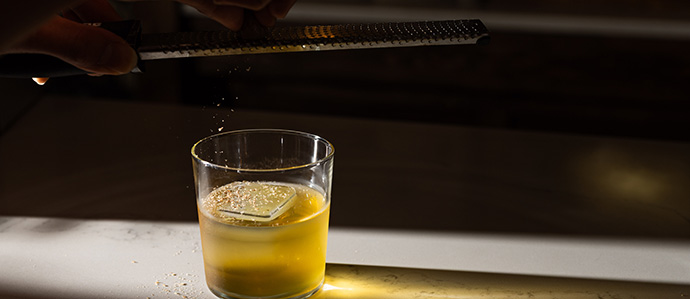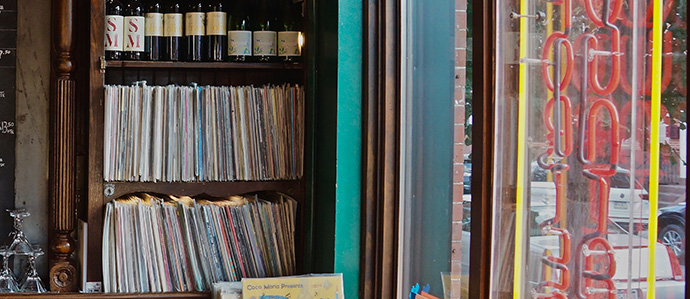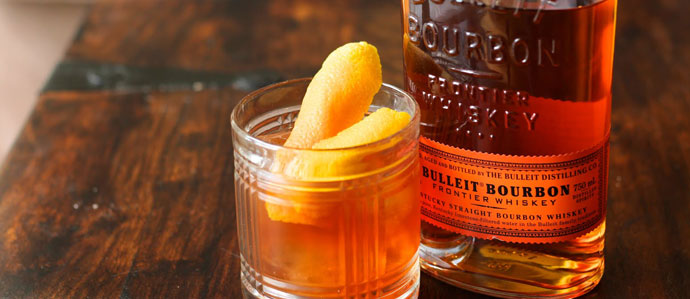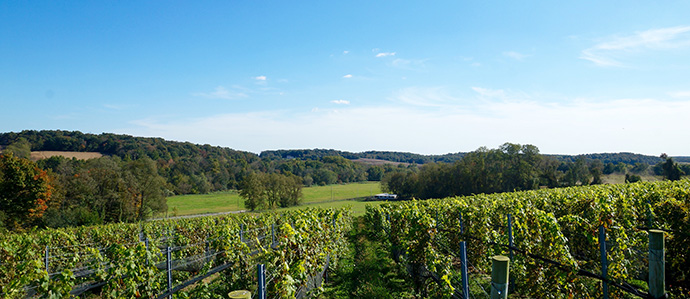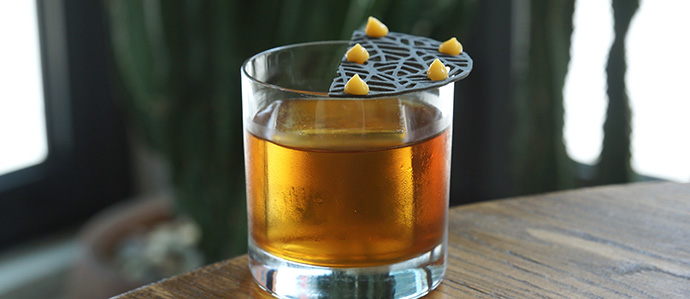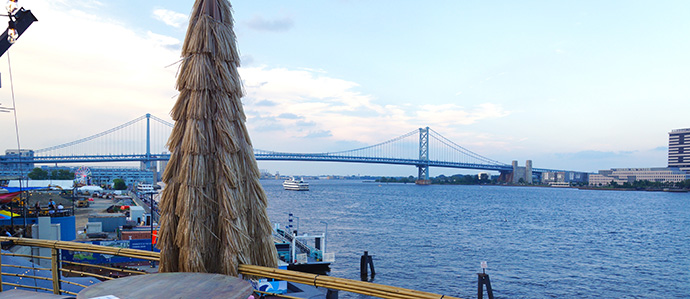Pumpkin Beer: Debunking the Myths
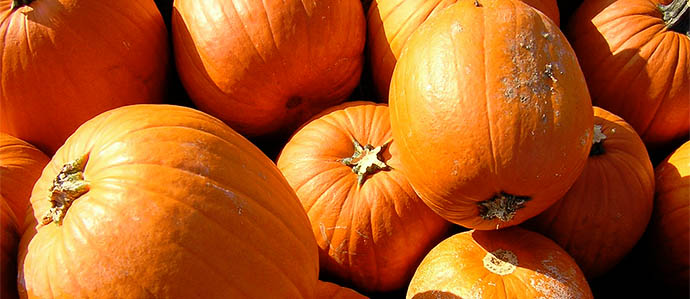
E ach autumn, shelves of beer stores around the country begin to take on an orange tint. Brightly colored labels announce the arrival of pumpkin beer, a fall seasonal with a long history in the U.S. Early colonists made beer entirely from the plentiful orange squash, because malted barley was tough to find.
ach autumn, shelves of beer stores around the country begin to take on an orange tint. Brightly colored labels announce the arrival of pumpkin beer, a fall seasonal with a long history in the U.S. Early colonists made beer entirely from the plentiful orange squash, because malted barley was tough to find.
Modern breweries don’t need to go to those extremes, but instead add pumpkin and spices like cinnamon, nutmeg and ginger to different ales. Some of these beers are very heavy and sugary — Southern Tier Pumking is a good example — while others are less extreme, such as Smuttynose Pumpkin Ale, which balances the sweet spices with the bitterness of hops.
Issues at Hand
All types of the style have been on the rise in recent years, along with craft beer in general, which has led many breweries to up production and release these so-called autumn beers as early as August. Some beer aficionados have complained about this (just like you hate seeing the Christmas displays pop up like weeds the day after Halloween, they hate the proliferation of pumpkin beers in August). For example, Sixpoint Brewery in Brooklyn recently tweeted this:
Any pumpkin beer on shelves now is clearly not made with this year's pumpkin.Pumpkins are not harvested until October or November.
— Sixpoint(@sixpoint) August 8, 2012
BeerPulse even picked up on the mini controversy and put the question to its readers. We asked around a bit to get some other brewers’ takes on the subject. Do they use fresh pumpkin at all? Does it matter if the pumpkin is from “this year”? And why are we seeing pumpkins on the shelves before Labor Day?
Freshness
 Turns out most breweries do not in fact use “this year’s crop” to make their brew. “Since local pumpkin season isn’t until the fall, the timing doesn’t work out,” Janelle Miley of Delaware’s Dogfish Head tells us, explaining, “We have to brew all of the Punkin in the summer in order to have it on the shelves in the fall.” For the record, Dogfish uses cooked, canned pumpkin for the 7% ABV Punkin, and it works out very well.
Turns out most breweries do not in fact use “this year’s crop” to make their brew. “Since local pumpkin season isn’t until the fall, the timing doesn’t work out,” Janelle Miley of Delaware’s Dogfish Head tells us, explaining, “We have to brew all of the Punkin in the summer in order to have it on the shelves in the fall.” For the record, Dogfish uses cooked, canned pumpkin for the 7% ABV Punkin, and it works out very well.
Easton, PA’s Weyerbacher also uses canned pumpkin, which ends up in its Imperial Pumpkin Ale, a hearty and caramelly 8% ABV take on the style. “All brewers who bottle their pumpkin that I know of are using canned,” says founder and president Dan Weirback.
New Jersey’s River Horse Brewing Co. produces Hipp-O-Lantern, an 8.5% ABV ale brewed with molasses, and lead brewer Chris McGrath, spells it out like this:
“If you wait until October or November (to use this year's pumpkins), you run into a lot of issues. By the time the pumpkins are harvested, packaged and shipped by the farmer, ordered by the brewery, delivered to said brewery, beer is brewed, fermented, conditioned, filtered, packaged, shipped to distributor, and then finally shipped the retailer or bar, you’re looking at a bare minimum of a two month process; and realistically probably more like a three month process. Which means the beer probably wouldn’t get to the consumer until the end of December. and now you have out of season beer.”
Release Dates
 Speaking of staying in season, are pumpkin beers being shipped earlier and earlier? McGrath has definitely seen a change, and says his microbrewery moved up production dates in order to meet increased demand. “We brewed four tanks of pumpkin in 2010, 11 in 2011, and this year we're on track to brew 25 tanks.”
Speaking of staying in season, are pumpkin beers being shipped earlier and earlier? McGrath has definitely seen a change, and says his microbrewery moved up production dates in order to meet increased demand. “We brewed four tanks of pumpkin in 2010, 11 in 2011, and this year we're on track to brew 25 tanks.”
Michigan’s Arcadia Ales makes Jaw Jacker, a 6% ABV spiced beer that doesn’t actually have pumpkin in it but is often lumped in with the style, since it features all the spices one would use to make pumpkin pie. Production started one week earlier than last year, says head brewer Stacey Roth, due to an increase in sales. Dogfish, on the other hand, aims for a September 1 release, a date that hasn’t changed since it began producing the style.
Sixpoint’s Autumnation is the odd one out, unique not only thanks to its use of this year’s pumpkin (we gather), but also just-harvested Citra hops. Using fresh hops is extremely rare in most of the beer world, especially for breweries outside the Pacific Northwest, where most hops are grown. The result is a very flavorful, fresh-tasting 6.7% ABV ale with much more hoppy flavor than others of this season.
So we suggest you try a few different pumpkin beers and stick with the ones that suit your palate, be they fresh or not. And if a few happen to make their way into your fridge before Labor Day, we promise we won’t tell.
Top photo by Flickr user RichardBowen












